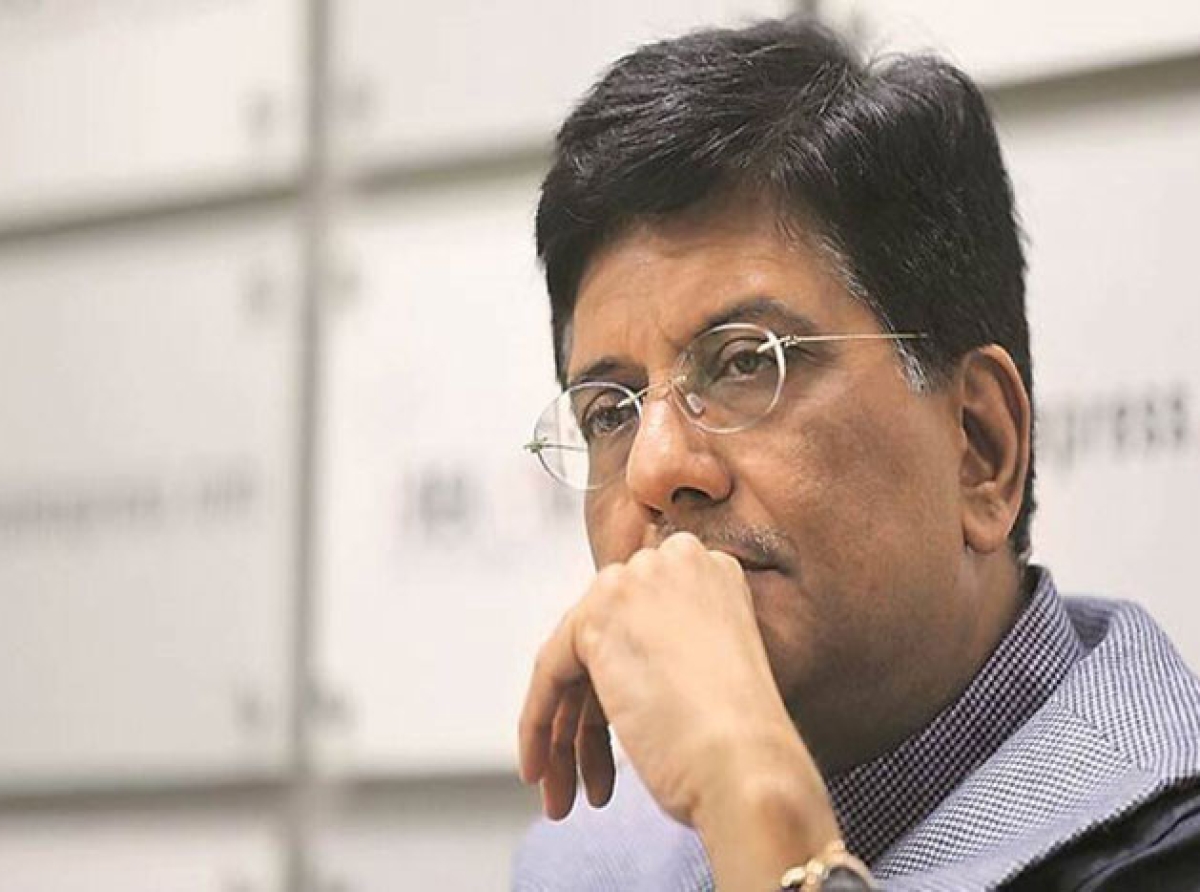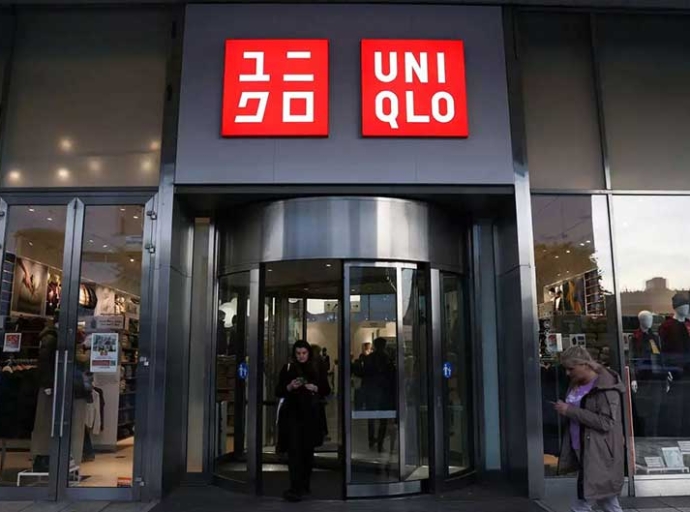26 November 2021, Mumbai:
In a recent meeting, Minister of Textiles Piyush Goyal received false and distorted data from the Confederation of Indian Textile Industry (CITI) and spinning groups. Dr. Rikhab C. Jain, the founder of TT Limited and a textile industry veteran, wrote a letter to trade bodies such as the Apparel Export Promotion Council, Clothing Manufacturers Associations of India, All Garment Associations & Hosiery Associations, Prominent Garment Manufacturers, and Hosiery & Powerloom Manufacturers in this regard, claiming as much.
"In the textile sector, there are competing interests. "No doubt," he said in his letter, "but none of the stakeholders should supply any misleading information, erroneous data, distorted and twisted statistics concerning the impact of space rocketing cotton prices, which have risen by 70% or more in the previous few weeks." According to CITI, "cotton accounts for 55 to 60% of yarn cost, and yarn cost accounts for 20% to 25% of the garment and made-up cost." This statement is false, incorrect, and sufficient to establish a negative mentality in any decision-maker.
According to Dr. Rikhab C. Jain, yarn costs for garment, made-up, and hosiery goods would range from 40% to 65 percent, depending on whether the product is in the lower, middle, or upper category. Obviously, the cost of packaging and value addition is higher for top items, but their yarn cost is not less than 40%. In the case of fabric, yarn costs might go as high as 80% to 85%.
For example, the value addition for white cotton knitted fabric is just about 15% to 20%. In the case of made-ups, the notion that 20% to 25% is merely yarn cost is likewise completely incorrect. It would generally match other textiles solely because made-ups do not require any tailoring.
"Spinning Mill Associations and CITI produced materials incorrectly to give the impression that cotton prices and cotton yarn prices had not risen in lockstep. Cotton yarn costs have increased by 65 percent, while cotton prices have increased by almost 80 percent in the post-Covid period.
It is apparent that yarn costs have risen far more than cotton prices have justified. Even if the cost of cotton is assumed to be 60% of the cost of yarn, yarn prices should not have climbed by more than 50% to 55%. (assuming 10 percent inflation in other costs).
"Let a new representation to the Government of India and the Spinners Associations be made." "In truth, CITI is just a new version of the Indian Cotton Mills Federation (ICMF)," according to the letter.
Dear Reader, we at DFU Publications are committed to providing the latest news updates on trade development and insights, to keep our readers informed. Stay tuned. Subscribe to our newsletter.
TOP 5:
2. Consumers will determine growth of sustainable fashion e-comm in India
3. Myntra to offer 1 mn styles from about 7,000 brands at the 'Big Fashion Festival'
4. Maharashtra government honors VIP as 'Best Innerwear Brand' for 2021-22
5. Nike strengthens retail presences with new store at DLF Mall of India,Noida
Latest Publications


































